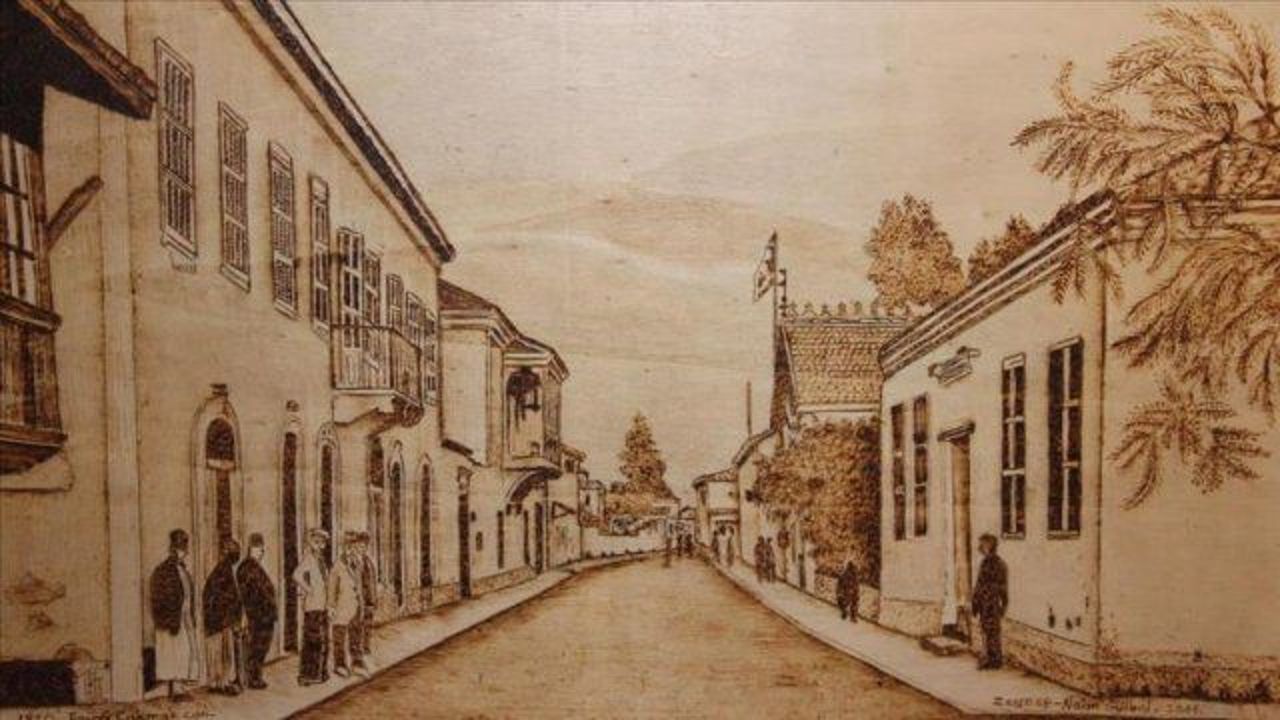Blockaded Gazans find new pastime in pyrography
25-year-old university graduate in Israeli-blockaded Gaza Strip earns livelihood through pyrography

Rising unemployment in the Israeli-blockaded Gaza Strip has led many Palestinians to search for new job opportunities.
Khalil Surur, 25, graduated with a degree in education.
He pursued painting as a hobby when he was unemployed before learning how to do pyrography, an art or technique of decorating wood or leather by burning a design on the surface with a heated metallic point.
Although pyrography has an ancient history, the people of Gaza are relatively new to the art.
"Doing pyrography is very gratifying," said Surur.
"First, I draw the image on a wooden plate with a charcoal pencil," he said. "Then, I redraw the picture on the plate using a kind of wood burning machine."
"Now I make a living from pyrography," he said.
Surur has a number of regular customers who order key-rings and greeting cards or who want their images scorched onto wooden plates.
Surur now earns some $300 a month from the plates, which he sells for $13 or $31 each depending on their size.
Naji Nasr, 38, does pyrography at a coastal restaurant in Gaza, where he works three days a week and has a number of customers.
While working on a picture of late Palestinian leader Yasser Arafat, Nasr explains how he forgets Gaza’s difficult living conditions while doing pyrography.
"I have enjoyed drawing since childhood, but I started doing pyrography two years ago," said Nasr, who was recently injured in the foot by Israeli gunfire. "Some of my customers are from outside Gaza. They want me to scorch their images onto wooden plates."
"Unfortunately, however, I have to refuse their orders due to the Israeli blockade," he added.
At an exhibition in Gaza held to mark the 11th anniversary of Arafat’s death on Nov. 11, he exhibited pyrographed images of 70 Palestinian leaders and martyrs.
The Gaza Strip suffers one of the highest unemployment rates in the world. Nearly 80 percent of the strip’s roughly 1.9 million residents live below the poverty line.
Ever since the Hamas resistance movement took over the strip in 2007, Israel has imposed a crushing embargo -- by air, land and sea -- on the coastal enclave.
Anadolu Agency






